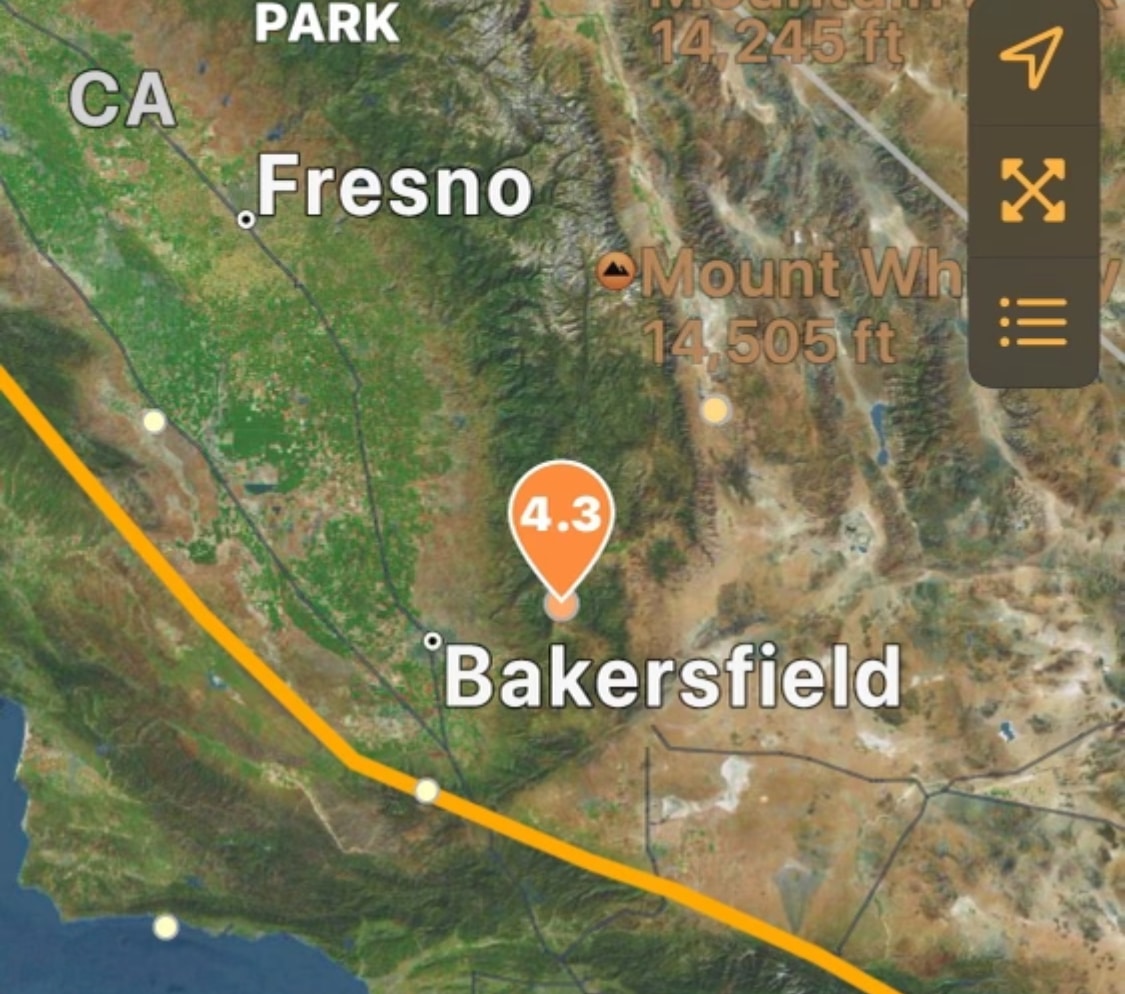A large chunk of space rock is coming dangerously close to the vicinity of the Earth, but scientists are sure it won’t collide with our planet, thanks to a new NASA tool designed to detect potentially hazardous space fly-bys. The incoming rock was detected by the NASA-funded Panoramic Survey Telescope & Rapid Response System (Pan-STARRS) on Maui, Hawaii, on October 26. A new early-warning system, named Scout, promptly analyzed the data on the rock and concluded that the object went in the direction of Earth,
but would miss it by about 500,000km (310,000 miles). “The NASA surveys are finding something like at least five asteroids every night,” NASA Jet Propulsion Lab astronomer Paul Chodas said. Scout is a computer program currently undergoing tests in JPL in Pasadena, California. It is constantly scanning data from telescopes worldwide, in search for so-called Near Earth Objects (NEO). FULL REPORT

















